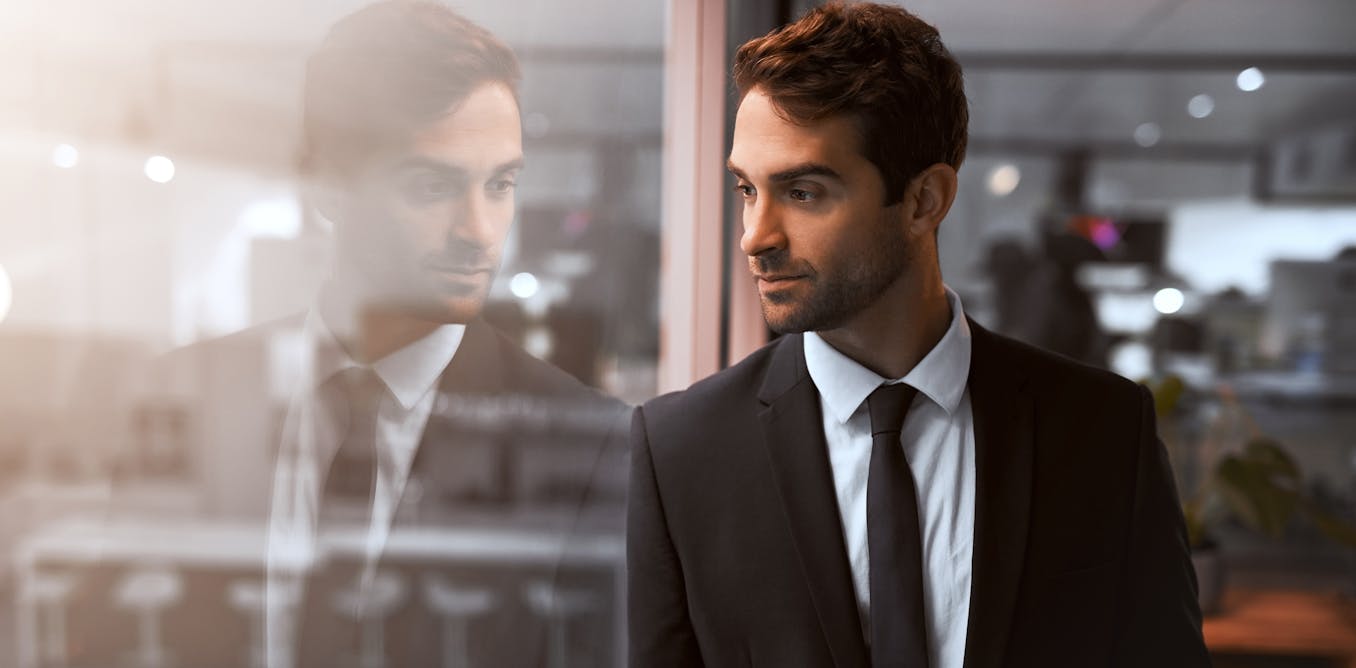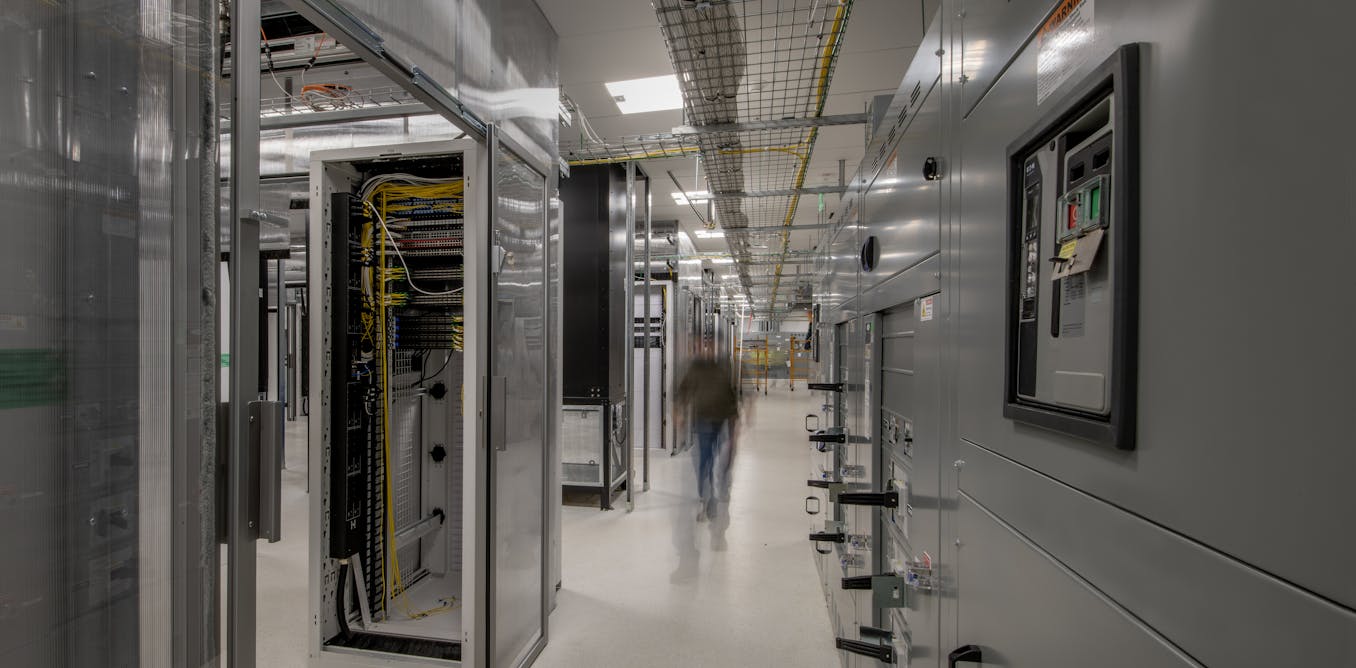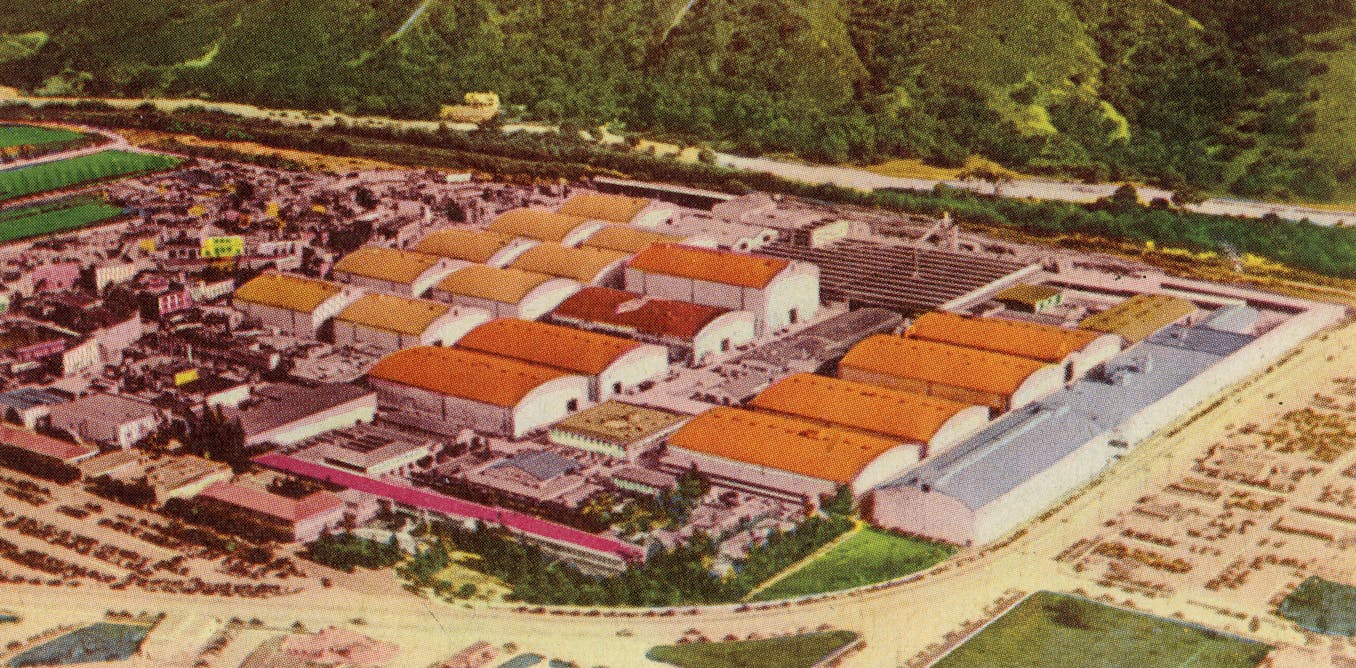Each time curator Elena Filipovic opens an exhibition, she convenes the institution’s entire staff, including its guards and shop cashiers, to participate in an in-depth discussion with the featured artist. I got to witness this in 2022, when Filipovic, then the director of the Kunsthalle Basel, led a walk-through of Berenice Olmedo’s newest hanging sculptures, made of wriggling prosthetic-like limbs. Filipovic wanted her staff to meet the young artist and urged them to ask her questions.
It is this unique perspective and approach to curating and institution building that has made Filipovic one of today’s most closely watched curators. After nearly 10 years of running the non-collecting, contemporary-focused Kunsthalle, she embarked on a new journey two months ago, becoming the director of the storied 17th-century Kunstmuseum Basel. A child of immigrants who grew up in Southern California’s Inland Empire, she is still somewhat of an outsider in Basel; she is the first non-European and only the second woman to lead the Kunstmuseum, the holdings of which span from the 15th century to today.
“I’d like to think I bring the best of both worlds with me,” Filipovic recently told ARTnews of her upbringing in the US and her adopted home of Europe, where she in 1998. During her tenure at the Kunsthalle, she organized more than 60 exhibitions, including acclaimed ones for artists like Michael Armitage, Matthew Angelo Harrison, Yngve Holen, Anne Imhof, and Tiona Nekkia McClodden. In 2022, she organized the Croatian Pavilion at that year’s Venice Biennale, and, prior to moving to Basel, she was senior curator at Wiels in Brussels, from 2009 to 2014, and she co-curated, with Adam Szymczk, the 2008 Berlin Biennale.
MoMA PS1 director Connie Butler once called Filipovic a “visionary,” adding that she had “one of the best curatorial programs anywhere.” When she was selected to lead the Kunstmuseum, the selection committee’s president Felix Uhlmann said, at the time, that Filipovic’s “infectious enthusiasm for the entire spectrum of art history, and her ability to inspire people for art” is ultimately what made the committee choose her for the position.
Filipovic is a conciliatory figure, whose new mandate includes strengthening the museum’s global standing and ushering it into the future, at a time when art institutions around the world strive for more inclusivity, both in terms of their public and in the telling of art history. With the support of the institution, Filipovic said she is also “pushing to go further and faster.”
She added, “It’s important that we all remember that this should not be a cemetery of beautiful dead things, but a spaceship. It should carry us into the future.”
A museum spaceship may seem like a concept out of step with a 17th-century institution, housing over 300,000 works spanning seven centuries. But Filipovic argues the Kunstmuseum was radical for its day: it became the world’s first public museum in 1661.
The question that animates her vision for the Kunstmuseum, which will also undergo a renovation beginning in 2027, she said, is “How can you run a very old museum that nevertheless has inscribed in its DNA the idea that it should still speak to generations in the future?”

One way Filipovic hopes to carry the institution forward is by exhibiting the work of underrepresented artists more frequently, including in a planned rehang beginning this summer in the museum’s newest building that draws on an expansive acquisition strategy that she has already implemented, adding pieces by Helen Frankenthaler, Julie Mehretu, and Cameron Rowland. “Every acquisition becomes a manifesto of sorts, and a chance to rethink what legacy we leave for future generations,” she said.
Filipovic recently commissioned Louis Lawler to create a work for the new building’s foyer. Lawler’s photographs can seem to swipe across, distort, or blur canonic artworks, questioning the systems and institutions that have lionized and valued them. Lawler’s work “becomes a commentary on what has been glorified in the museum and how we are taking steps to actually look at that,” she said.
But, Filipovic also wants to continue to activate works already in the collection, including some of the museum’s most famed ones, by pursuing and displaying new research, which is also already underway, about their historical contexts, subjects, and provenance. Part of her aim is to show how centuries-old work remains acutely relevant to the questions we face today. Take Hans Holbein the Younger’s The Dead Christ in the Tomb (1521–22), a life-size and somewhat jarring depiction of the deceased Jesus in the early stages of decay. The work, she said, “speaks to our present at a time of crisis and war and death. Our society has had some of the same problems and questions and yet resilience has carried us through.”

And in maintaining a permanent collection that dates back nearly 400 years, Filipovic will also have to navigate the Kunstmuseum through delicate situations like restitution claims, several of which have come up in the past few years. These include a 2020 settlement for an undisclosed sum over the museum’s purchase of 200 works once owned by a Jewish collector from a 1933 auction, and an ongoing claim over a Henri Rousseau painting a collector sold to support herself while in exile in Switzerland after fleeing Nazi persecution in Germany. (In a statement in January, the museum said it is negotiating a “just and fair solution” with the latter collector’s heirs.)
While Filipovic had not been involved in those restitution claims, she spoke more broadly about how she plans to address such claims going forward, including continuing to support extensive, proactive research into the provenance of artworks in the collection, begun by her predecessor Josef Helfenstein, and then finding ways to share that information with the public.
“Once that the research has been done, I think it is the responsibility of the museum—and it has already been committed to this before my time, and it will continue to during my time—to render this information accessible,” she said.

When it comes to the collection rehang, an exercise that has become something of a global trend of late, Filipovic said the initiative is less about following the lead of other institutions than it is a “feeling that there are so many stories that can be told,” she said. “By rehanging the collection, you’re demanding that the public notice. That every juxtaposition might provoke a new reading of each work.”
Her aim, she continued, is “not to give the public the feeling that [the collection] has been set up and is sleeping [nor] that these truths are inalienable. It is not so.”

The post “For Director Elena Filipovic, the Kunstmuseum Basel Is a ‘Spaceship’ Carrying Us into the Future” by Maximilíano Durón was published on 06/13/2024 by www.artnews.com




































